ATI's X8xx CrossFire Graphics Arrive
by Derek Wilson on September 26, 2005 1:00 PM EST- Posted in
- GPUs
Super AA and CrossFire
By rendering the same frame on both cards with different subpixel sample patterns, the images can be blended together to provide a smoother image at any given resolution than a single card is capable of rendering. At the same time, as resolution increases and pixel size decreases, antialiasing becomes less important. This is yet more support for believing that greater than 1600x1200 resolutions should be supported on a high end setup like this.For those who will be running CrossFire solutions at 1280x1024 or even 1600x1200, Super AA will be a welcome addition to image quality. ATI already leads the industry in AA quality because they use a programmable sample pattern when antialiasing a pixel while NVIDIA uses a fixed ordered grid approach. The difference really starts to add up when SLI AA and Super AA are compared.
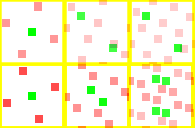
From left to right, 4xAA, 8xSLI AA/10xSuper AA, 16xSLI AA/14xSuperAA. ATI is the top row.
The more even spread that ATI is able to maintain over a single pixel gives the CrossFire solution a better result. Even though NVIDIA's 16x SLI AA has 16 geometry sample points and 4 texture sample points compared to ATI's 12 geometry points and 2 texture points, the distribution of ATI's sample points provide more efficient coverage. Incidentally, if ATI had named their modes like NVIDIA's AA modes, they would have said 20xAA rather than 16xAA.
NVIDIA's 4 texture sample points (essentially super-sampling/SSAA sample points) could provide better interior, texture, and transparent surface antialiasing. Unfortunately, their arrangement limits their usefulness in this regard. Thus we have to declare ATI the clear winner in the AA department. Of course, Super AA mode does take quite a performance hit as we will find out later. But take a look at what it can do to Half-Life 2 at 800x600 (no AA, 4xAA, 6xAA, 10xAA, 14xAA from top to bottom):
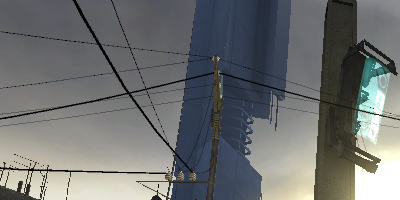
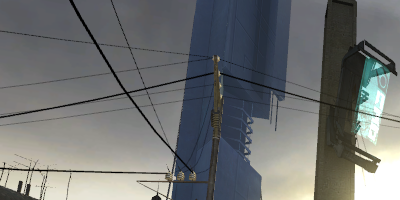
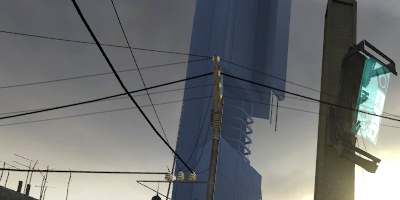
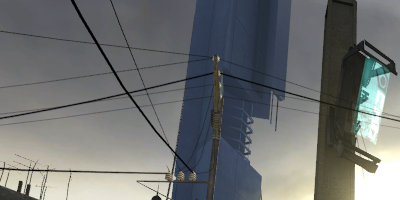
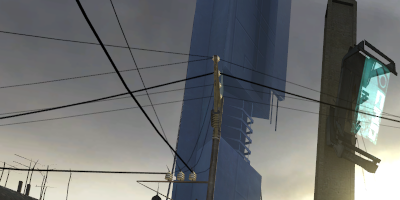
While differences beyond 4xAA are harder to spot, take a look at the antennae on the bottom-left of the images. You can see how the barely-visible parts are rendered better, particularly with the 10xAA and 14xAA modes. If you have the GPU performance to handle such features, they're a nice addition.
The down side of Super AA (aside from the performance hit) is that it will only run in full screen applications. Windowed applications are still stuck with 2x 4x 6x and no AA. Even if a Super AA mode is selected, only half the subpixel samples are used. We are not sure if this is a hardware or software limitation, but those of us who play MMORPGs in the background will need to be aware of this issue.










76 Comments
View All Comments
DerekWilson - Tuesday, September 27, 2005 - link
Actually, we took our time. Copied a few numbers down incorrectly. Sorry about that.Googer - Monday, September 26, 2005 - link
Why hasn't anyone tested these on an nForec 4 motherboard yet? ATL Crossfire on a DFI SLI motherboard, will it work?OvErHeAtInG - Monday, September 26, 2005 - link
Um, no. In the future, with different drivers? Who knows. But nvidia is unlikely to provide good nF4 drivers for people who are buying ATI cards?Live - Monday, September 26, 2005 - link
How is the total power draw calculated, before or after the PSU?DerekWilson - Monday, September 26, 2005 - link
Sorry I didn't explain -- I'll add the infopower draw is measured before the PSU -- so yes, the dissipated power of the supply itself is included. And I do know that power draw at the wall is not exactly linear with respect to power supplied to the computer. At the same time, watts pulled from the wall are what we pay for right? :-)
Dangher - Monday, September 26, 2005 - link
You do realise that without proper homework you are just perpetuating sensationalism, right? The TMDS receiver has nothing to do with actual framerate or screen refresh, you do know that, right? You are aware that 1600x1200@60Hz in the TMDS translates into about 2500x1500@100Hz when doing SLI (or Crossfire, as is the case), right? Now go do your homework and correct the article (you're liable to be sued for libel by ATI btw).overclockingoodness - Monday, September 26, 2005 - link
LOL, you are such an idiot. AnandTech can't be sued for libel; did you ever take business 101? Apparently not. Please keep your mouth shut on the things you have no clue about.DerekWilson - Monday, September 26, 2005 - link
sorry m8, don't know where you got your info, but regaurdless of the fact that it is possible for the output to be run at a higher resolution than the TMDS receiver doesn't matter when the product manager of CrossFire at ATI states that the output of CrossFire will be locked to 1600x1200@60Hz *because* of the single link TMDS receiver.I'm sorry if I didn't make it completely clear that ATI could decouple their output from the reciever but they have chosen not to.
Pete - Monday, September 26, 2005 - link
The TDMS receiver is specced to the TDMS transmitter on the slave card, so it is indirectly tied to the screen refresh. I don't recall Derek saying it limits the frame rate, but obviously you can't see more frames than screen updates, so it can potentially limit the visible framerate, too. Yes, that applies to anything with a different frame than refresh rate, but XFire is fairly limited at 16x12@60Hz.And, no, you don't double up TDMS rates with XF, as the CE (Compositing Engine) doesn't have a buffer to accomodate a refresh rate independent of TDMS rate (which is, again, limited to 16x12@60Hz).
Dangher - Monday, September 26, 2005 - link
It is late and I can't be bothered to look for the techie article on this particular problem and why it's been blown out of proportion, but I will do it tomorrow and post a link here. My apologies to Derek if I offended him, it really is late. Link upcoming.